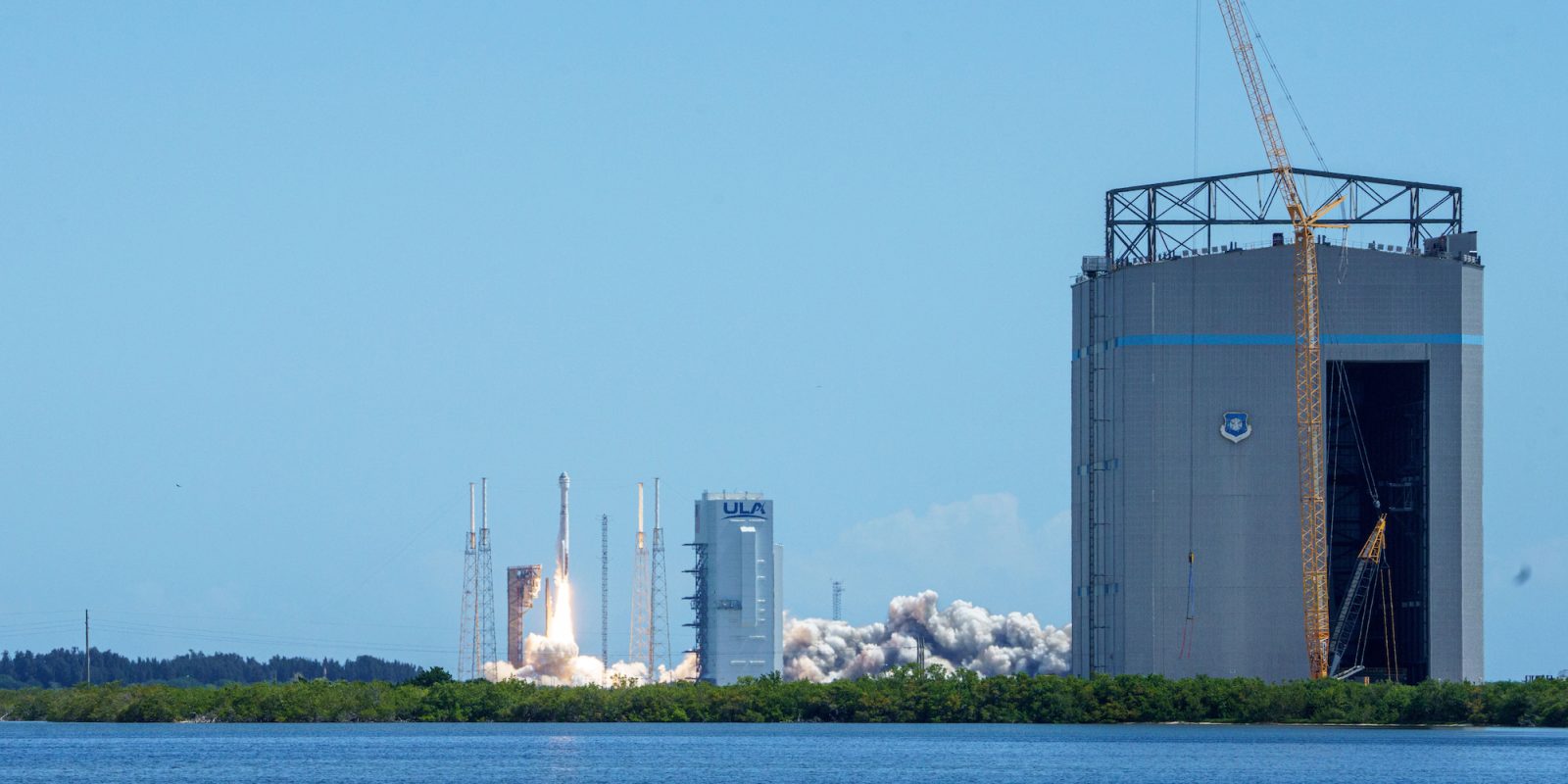
Wednesday morning Boeing, ULA, and NASA once again convened to attempt to launch the Starliner CFT mission with astronauts Butch Wilmore and Suni Williams onboard. With a clean countdown, ULA’s Atlas V successfully delivered Starliner to space, however, two additional helium leaks have been found while in orbit, but docking is planned to continue unchanged.
Boeing Starliner successfully lifts off from Florida
For the first time since Apollo 7, Cape Canaveral Space Force Station launched a crewed flight from its side of the Florida spaceport. Lifting off from SLC-41, a first for this pad as well, the Atlas V performed as expected and deposited Starliner into its just-shy-of-orbit trajectory.
This was the third launch attempt to launch Starliner on its first crewed mission and final test flight. The first launch attempts scrubbed due to issues with the ULA Atlas V rocket, however, the month long delay from the first attempt until today was due to issues with the capsule’s propulsion system.
The years of extra time to train and prepare for the mission paid off as each time Wilmore, Williams, and the Boeing/ULA crew that helped them enter the capsule did their jobs flawlessly.
Liftoff took place at 10:52 A.M. ET on top of an Atlas V N22 rocket. The N stands for “no payload fairing and the 2s are for the number of solid rocket motors and Centaur RL10 engines respectively. As expected, the Atlas performed perfectly, continuing its high success rate. Starliner CFT was also a return to human spaceflight for the Atlas family, last lifting crew on Mercury-Atlas 9 (Gordon Cooper in Faith 7).
Starliner continues to docking despite helium leaks
Several hours into the flight, controllers notified Wilmore and Williams that two additional helium leaks have been found in manifolds on Starliner’s service module.
A single leak on a port side manifold was found after the first launch scrub on May 6. This, and a review of Starliner’s entire propulsion system, was the reason for the month delay in launching. Only a few days of that delay were due to issues with the Atlas V. This leak was determined safe for this mission and a permanent fix would be implemented on future missions.
Now in space, two more leaks have sprung up on two separate manifolds, another port side one and a top side manifold. Piping to all three manifolds were shutoff overnight as they worked the issue.
NASA or Boeing haven’t released specifics on the leaks, like any rates, but it seems to have been determined fine for continuing Starliner’s mission of docking with the ISS. Two of the manifolds were reopened ahead of various burns, as shutting them down also shuts down several thrusters. The third manifold which has the highest level of leakage won’t be reopened until closer to docking.
Starliner’s docking is planned to take place at 12:15 P.M. ET on the forward port of the ISS’s harmony module. Live coverage can be found on NASA’s YouTube channel.
FTC: We use income earning auto affiliate links. More.




Comments